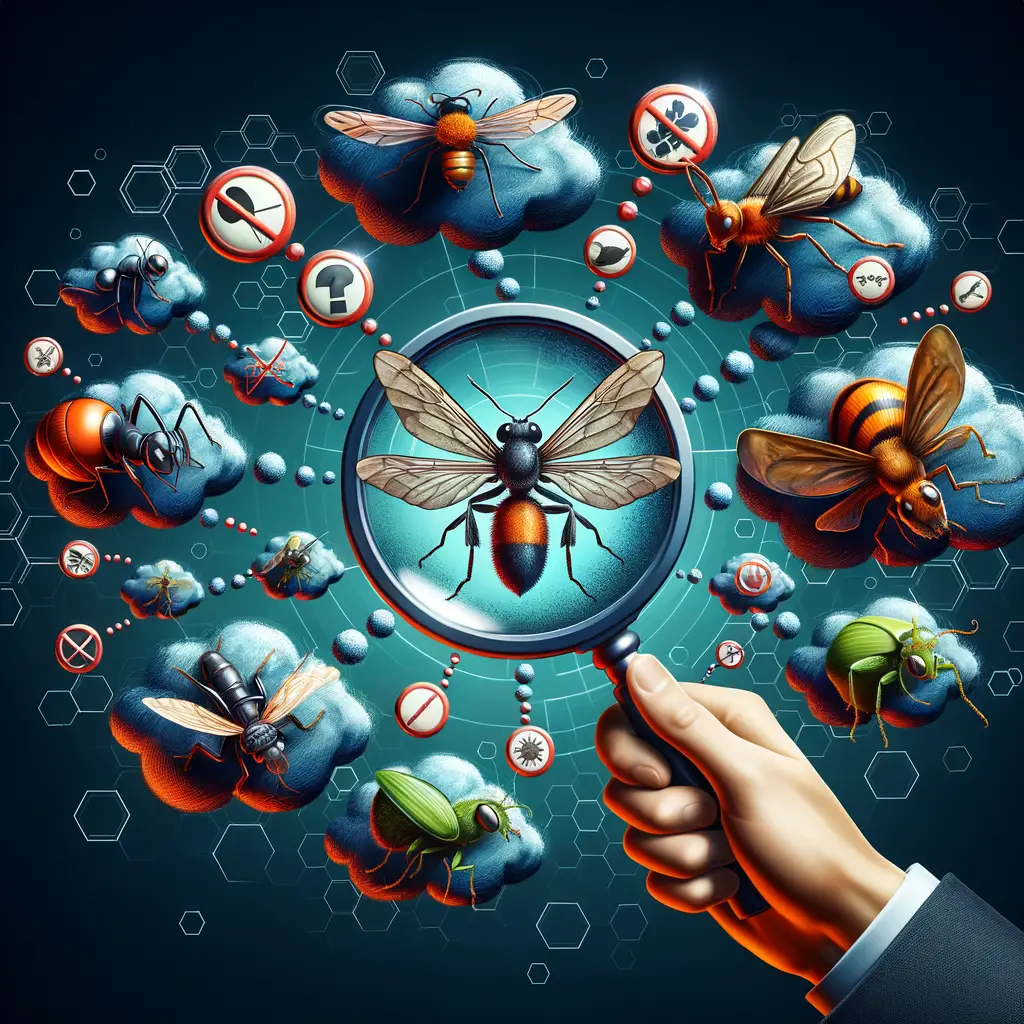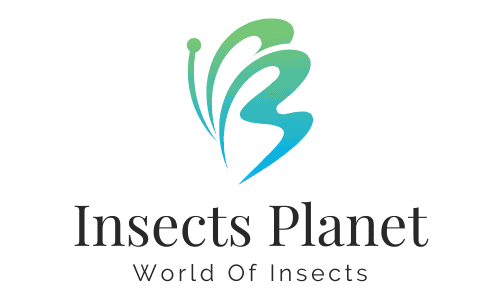
Introduction: Insect Myths and Facts
From the smallest ant to the largest beetle, insects have always been a source of fascination and intrigue. They are the most diverse group of animals on the planet, with over a million known species. However, along with this fascination, there are also many myths and misconceptions about these tiny creatures. In this blog post, we will explore the world of insects, debunk some common myths, and share some interesting facts.
-
The Fascination with Insects
Insects are an integral part of our ecosystem and play a crucial role in maintaining the balance of nature. They are pollinators, decomposers, and a food source for many other animals. Their unique characteristics, such as the ability to fly, their exoskeletons, and their complex social structures, make them a subject of endless fascination. For instance, did you know that ants have been found to use tools, engage in warfare, and even farm other insects? Or that butterflies can see a range of ultraviolet colors invisible to the human eye?
-
Common Misconceptions about Insects
Despite our fascination with insects, there are many misconceptions about them. One common myth is that all insects are pests. In reality, only a small percentage of insects cause harm to humans or crops. Most insects are beneficial, helping with pollination, decomposition, and pest control. Another common myth is that insects are ‘dirty’ or carry diseases. While it’s true that some insects, like mosquitoes, can transmit diseases, the vast majority of insects are harmless and do not pose a health risk to humans. In fact, many insects, such as ladybugs and lacewings, are beneficial to our gardens by controlling pests.
Debunking Insect Myths: Fact vs Fiction
There are many misconceptions about insects that have been passed down through generations. These myths often paint insects in a negative light, leading to unnecessary fear and misunderstanding. Let’s debunk some of these common insect myths and uncover the truth.
Insect Myth Busters: Common Misconceptions
- All insects are pests
- Insects are ‘dirty’ and spread disease
- All bees sting
This is a common misconception. While it’s true that some insects can cause harm to crops, buildings, and even humans, not all insects are pests. In fact, many insects play crucial roles in our ecosystem, such as pollinating plants, decomposing organic matter, and serving as a food source for other animals. According to Wikipedia, insects are integral to most ecosystems and a world without insects would be radically different where many plant and animal species would cease to exist.
While some insects, like mosquitoes and ticks, can transmit diseases, it’s not accurate to label all insects as ‘dirty’ or disease spreaders. Many insects are actually quite clean. For instance, ants are known for their cleanliness, often removing waste and dead ants from their colonies to prevent disease spread. According to Wikipedia, the vast majority of insects do not have a significant impact on human health or the economy.
Not all bees sting. Male bees, or drones, don’t have stingers. Even among female bees, not all are aggressive or prone to stinging. For example, female worker honey bees will only sting when they feel threatened. According to Wikipedia, there are also entire species of stingless bees.
Understanding the truth about insects can help us appreciate their role in our world and lessen our fear of them. Stay tuned as we continue to debunk more insect myths in the next section.
Unveiling Insect Truths: The Facts
- Insects play a crucial role in the ecosystem
- Not all insects bite or sting
- Some insects are beneficial for agriculture
Contrary to the common misconception that insects are merely pests, they actually play a pivotal role in our ecosystem. Insects are vital for the pollination of plants, which is essential for food production. They also serve as a food source for many animals and help in the decomposition of organic materials, returning nutrients to the soil. According to Wikipedia, insects contribute to various ecological processes that are fundamental to life on Earth.
While it’s true that some insects do bite or sting, it’s important to note that not all insects are harmful to humans. In fact, out of the millions of insect species on Earth, only a small percentage are known to bite or sting humans. Many insects are harmless and prefer to avoid human interaction altogether. For instance, ladybugs, butterflies, and most beetles are completely harmless to humans.
Many insects are actually beneficial for agriculture. They help in pollination, pest control, and soil health. Bees, for example, are crucial for pollinating crops. Without them, our food supply would be severely impacted. Similarly, ladybugs and spiders prey on harmful pests, helping to naturally control their populations. According to Wikipedia, beneficial insects contribute to natural pest control and can enhance productivity in agriculture.
Case Studies: Debunked Insect Beliefs
Let’s delve into some common misconceptions about insects and uncover the truth. Our first case study focuses on the role of bees in pollination.
Case Study 1: The Role of Bees in Pollination
Bees are often misunderstood creatures, with many myths surrounding them. Let’s debunk these myths and understand their importance in our ecosystem.
- Understanding the importance of bees
- Debunking the myth: Not all bees sting
Bees play a crucial role in pollination, which is a vital process for the survival of many plants. According to Wikipedia, bees are responsible for pollinating approximately 70 of the 100 crop species that feed 90% of the world. Without bees, these plants would not be able to reproduce, leading to a significant decrease in food supply.
One common myth about bees is that they all sting. This is not true. While female worker bees and queens do have stingers, male bees, known as drones, do not. Furthermore, not all female bees will sting unless they feel threatened. Bees are generally peaceful creatures and only attack in self-defense. Understanding this can help us coexist peacefully with these vital insects.
Through this case study, we hope to have shed some light on the importance of bees and debunked some common myths about them. Stay tuned for our next case study on ladybugs.
Case Study 2: The Truth About Ladybugs
When it comes to insects, ladybugs are among the most recognized and loved. However, there are many misconceptions about these little creatures. Let’s debunk some of these myths and learn more about the truth of ladybugs.
- Unraveling the myth: Are all ladybugs female?
- The role of ladybugs in pest control
Contrary to what their name suggests, not all ladybugs are females. The term ‘ladybug’ is a common name for the species in the Coccinellidae family and includes both male and female insects. The name ‘ladybug’ was coined in the Middle Ages when farmers prayed to the Virgin Mary to save their crops from pests, and these beetles came to the rescue. They were then named ‘Beetles of Our Lady’, which eventually got shortened to ‘ladybug’. Read more about ladybugs on Wikipedia.
Ladybugs are known as a gardener’s best friend. Why? Because they have a voracious appetite for plant-eating pests like aphids and mealybugs. A single ladybug can eat up to 5,000 aphids in its lifetime! This makes them a natural form of pest control, helping to keep the balance in our ecosystem. They are so effective that many gardeners and farmers intentionally introduce ladybugs into their fields as a biological defense against pests. Learn more about the role of ladybugs in pest control on Wikipedia.
| Fact | Details |
|---|---|
| Not all ladybugs are female | The name ‘ladybug’ refers to both male and female insects in the Coccinellidae family. |
| Ladybugs are natural pest controllers | A single ladybug can eat up to 5,000 aphids in its lifetime, making them a biological defense against pests. |
Understanding the truth about ladybugs helps us appreciate their role in our ecosystem even more. They are not just beautiful to look at, but also play a crucial role in maintaining the balance of nature.
Key Takeaways: Separating Insect Facts and Fiction
As we delve into the fascinating world of insects, it’s essential to separate the facts from the fiction. Here are some key takeaways to keep in mind:
- Importance of debunking insect myths
- Appreciating the role of insects in the ecosystem
- Understanding the diversity of the insect world
Myths and misconceptions about insects can lead to unnecessary fear and harm. For instance, the myth that all spiders are deadly can result in their needless killing. In reality, out of the 40,000 spider species, only a handful are harmful to humans. By debunking such myths, we can foster a more informed and respectful relationship with these creatures.
Insects play a critical role in maintaining the balance of our ecosystems. They are pollinators, decomposers, and a food source for other animals. For example, bees, which are often feared for their stings, are actually crucial for pollinating plants, including those that produce the food we eat. Recognizing the ecological importance of insects can help us appreciate their value and protect their habitats.
The insect world is incredibly diverse, with over a million known species and many more yet to be discovered. This diversity is not just in terms of species, but also in terms of behaviors, habitats, and adaptations. For instance, the Atlas moth, one of the largest insects in the world, has snake-like patterns on its wings as a form of defense. Understanding this diversity can spark our curiosity and respect for these tiny creatures.
In conclusion, insects are an integral part of our world, and understanding them can enrich our knowledge and appreciation of nature. Let’s continue to explore and learn, separating fact from fiction, and embracing the truth about insects.
Conclusion: Embracing the Truth About Insects
As we reach the end of our journey, it’s clear that insects are not what they often seem. They are not just pests or nuisances, but rather, fascinating creatures that play a crucial role in our ecosystem. It’s time we change our perception and embrace the truth about insects.
- Changing our perception about insects
- Encouraging further research and learning
Our perception of insects is often shaped by myths and misconceptions. We tend to view them as harmful or annoying, overlooking their significant contributions to our environment. For instance, bees, often feared for their stings, are actually vital pollinators that help our plants grow. By debunking these myths and learning the facts, we can start to appreciate insects for their true value. Learn more about the role of bees as pollinators here.
There is so much more to discover about the world of insects. From their intricate social structures to their unique survival strategies, insects are a fascinating subject of study. We encourage everyone, especially young learners, to delve deeper into this topic. By fostering a sense of curiosity and wonder, we can inspire the next generation of entomologists. Find out more about the study of insects here.
In conclusion, insects are an integral part of our world. They deserve our respect and understanding, not fear or disdain. So let’s start embracing the truth about insects, and see them for the amazing creatures they truly are.
